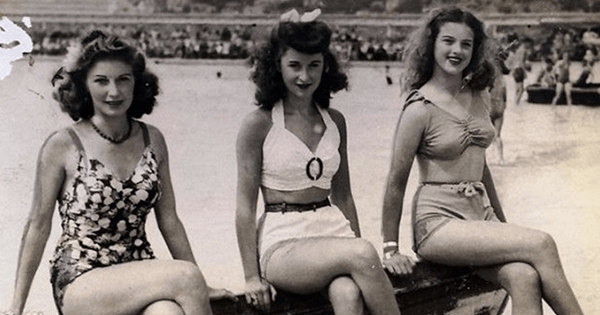
The recovery residence where I stayed after facial surgery was run by a woman with an enchanting little daughter, who liked to crawl under a table with her mother’s pocketbook and put on makeup. Pointing to this girl one day, I said to Jenni, a fellow resident who began transitioning while in the British Army, “Where was our chance to play with our mother’s makeup?” She knew what I meant: we had to learn through study and execution what girls absorb through play.
From the onset of adolescence, girls have about 10 years to become women. We get maybe two. While girls evolve toward how they’re going to present themselves as adults—makeup, clothes, hair, walk, etc.—trans women need to figure out how to be presentable and employable ASAP in order to survive. We would also like to be datable, like anybody else. Many call this our second adolescence, and we can be just as hormonally unstable as any teenager. Our style, especially starting out, can be over-the-top—with nobody to ask, “You’re wearing that?” as we head out the door.
This is to say nothing of our sexual and social identities, which girls discover, construct, and revise over time as they relate with peers, lovers, family, and societal expectations. A trans adolescence typically begins with the bomb blast of coming out, after which we look around to see what family and friends are left. When Jenni came out, she was accepted by her army buddies, and shut out of her family. Her fiancée bolted. Now she’s out of the army, dates mostly men, and has begun doing porn videos. This is the first time in her life, she told me, that people have called her pretty and meant it.
My own transition has benefited from a long history of crossdressing, and by having trained as a dancer. People often comment on how relaxed I seem as a woman, how natural in dress, makeup, and movement. It’s actually always felt natural (and walking in heels is easy when you know ballet), though I can also credit years of trial and error.
But I can’t really tell what’s changing on the inside. It’s been a year and a half since I started on hormones, and nine months since I began presenting full-time as a woman. Something in my personality might be shifting—how could it not? But what would I be shifting to? The outer transition is easy to track compared to the inner one—if there even is one. In Buddhism, when you take a vow, you get a new name. That name simultaneously reflects who you are and who you need to become. Maybe this is like that: as Diana, I’m becoming who I am—whoever that is.
I notice that friends receive me a little differently—especially men, who are less apt to poke fun at me—but it’s hard to know if they’re reacting to my outer appearance or sensing something internal. People in the trans community are more deferential since my facial feminization, which I suspect has to do with “passability” as privilege, even within our ranks. Sexually, my skin has become way more sensitive in a lot of places, and I notice being attracted to people a little more for how they make me feel, a little less for how they look. Though I doubt I’ll ever be attracted to men, and I don’t think I’ll be a porn star.

